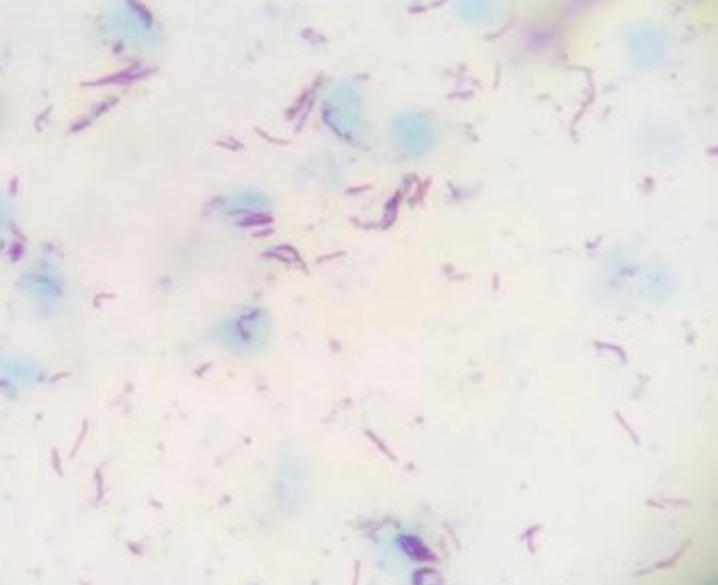Content Status
Type
Linked Node
Principle of Acid-Fast Bacilli [AFB] Microscopy
Learning ObjectivesUnderstand the principles underlying Acid-Fast Bacilli (AFB) microscopy, including the staining techniques, interpretation of results in testing.
H5Content
Content
Acid fastness is a physical property that gives a bacterium the ability to resist decolourization by acids during staining procedures. This means that once the bacterium is stained, it cannot be decolourized using acids routinely used in the process.
The principle of Acid-fast Bacilli (AFB) microscopy is explained below:
- Cell walls of AFB are made up of mycolic acid and the primary stain binds to the cell wall.
- Mycolic acid present at outer layer of AFB creates a waxy layer, making the cell wall impermeable to acids and alkalis.
- The AFB retain the colour of primary stain because intense decolorization does not release the primary stain.
- Counterstain used in AFB microscopy provides contrasting background and AFB can be seen under a light microscope.

Figure: AFB on Ziehl–Neelsen (ZN) Microscopy; Source: Robbins Basic Pathology, 2018.
Resources
- Acid-fast Bacteria. In: StatPearls. Treasure Island (FL): StatPearls Publishing, 2021.
- RNTCP Technical and Operational Guidelines for TB Control in India, 2016.
- Training Module (1-4) for Programme Managers and Medical Officers, NTEP, MoHFW, 2020.
- Robbins Basic Pathology, 2018.
Kindly provide your valuable feedback on the page to the link provided HERE
LMS Page Link
Content Creator
Reviewer
- Log in to post comments